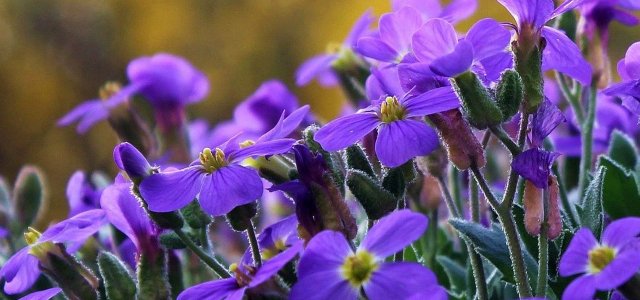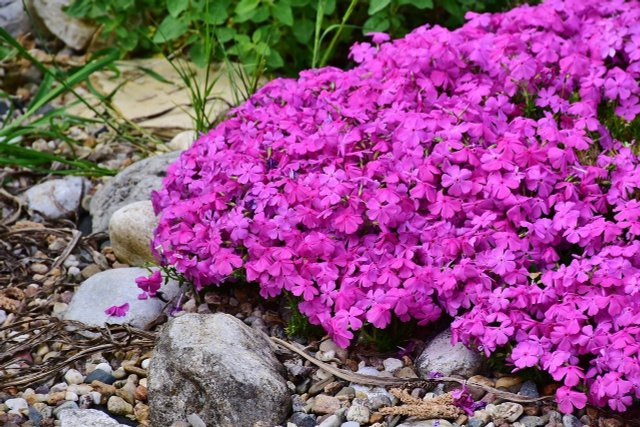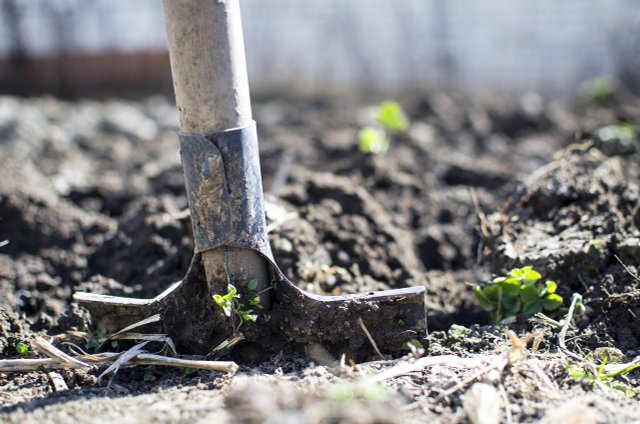
A perennial bed will bring you pleasure for a long time if you plant it correctly and choose the right plants. Here you will find tips and tricks on varieties, planning and procedures.
Perennials are perennial plants that overwinter in the ground thanks to their rhizomes, tubers and bulbs, and sprout anew each spring. Since the plants do not lignify, they rarely grow taller than one meter. Perennials include not only classic flowers, but also, for example, certain vegetables, ferns and rose plants.
Perennial beds are so popular with gardeners because they do not have to replant the beds every year. Once established, a perennial bed can inspire for a long time with good care.
Contents
- 1 Perennial bed: location and plant selection
- 2 Perennials: 20 examples for your perennial bed
- 3 Creating a perennial bed: step-by-step instructions
- 4 Phase 1: Plan the perennial bed
- 5 Phase 2: Stake out the bed and prepare the soil
- 6 Phase 3: Planting perennials
- 7 Phase 4: Decoration, mulching and edging the bed
- 8 Author
Perennial bed: location and plant selection
If you want to create a perennial bed yourself, you should definitely think about which perennials you want to plant in the first place. You should ask yourself several questions:
- What is the nature of my soil and what are the requirements of the selected perennials for their location?
- What is the minimum and maximum height of the perennials?
- What colors do I want to combine?
- What growth habit do I want?
Of course, you can find suitable perennials for any location. If you can only find a shady or semi-shady spot, you may have a more limited selection, but still find plenty of options. You can find examples here: Shade perennials: the best varieties for shady places.
However, the optimal or typical location for a perennial bed is a full sun area with nutrient-rich, fresh to moderately moist soil.
Perennials: 20 examples for your perennial bed

There are many different types of perennials and therefore a great variety of colors, shapes and sizes. If you don’t have any favorites yet, maybe the following list will help you to choose. The list shows perennial families. Within the families there are different species.
- Anemone
- Aster
- Astilbe
- Blue cushion
- Speedwell
- Funkia
- Bellflower
- Houseleek
- Lavender
- Lily
- Nettles
- Peony
- Phlox
- Delphinium
- Sage
- Yarrow
- Echinacea
- Cranesbill
- Veronica
- Ornamental garlic
Tip: If you want to make your garden insect and bee friendly, you should choose perennials that are useful to the animals. Examples include columbine, wild mallow, meadow buttercup, common sage and globeflower. You can find more here: Bee-friendly perennials: the best plants for your garden.
Creating a perennial bed: step-by-step instructions

A perennial bed takes some effort and requires careful planning. Learn here how to best proceed from start to finish.
Phase 1: Plan the perennial bed
Before you plant anything at all, you should plan the perennial bed. Measure the area you want to use for it and draw a sketch of it. Think carefully about which perennials you want to plant and roughly arrange them on the sketch. Pay attention to flower colors, growth heights, and most importantly, proper plant spacing. Find out how much space the individual varieties need so that they don’t end up getting in each other’s way or creating unsightly gaps.
It’s best to plant dwarf perennials, groundcovers or cushion perennials in the front, then the taller plants in the back rows. Tip: Don’t buy too sparingly. As a rule of thumb, you can fit about four to five medium-high perennials or six to eight small ones per square meter. If you are unsure about this, it is best to go to a nursery for advice.
Phase 2: Stake out the bed and prepare the soil
Stake out the bed in the desired size and shape and thoroughly dig up the soil. Remove roots, stones and weeds. You can enrich nutrient-poor soils with some compost, make wet soils more permeable with sand. Then you can rake in some horn shavings or other organic fertilizer. Important: If you buy soil, for example because yours does not meet the conditions of the desired perennials, you should definitely choose peat-free soil. You can read why here: Why you should buy peat-free soil – and where to find it.
Phase 3: Planting perennials
Next, plant your perennials. Follow your sketch and make sure the spacing is correct. Start on the outside and work your way in. Tip: It’s easier to remove the plants from their pots if you first submerge them in a bucket of water until no more bubbles rise. When you’re done, water the plants.
Phase 4: Decoration, mulching and edging the bed
If you want, you can now place some decorative elements. You can also spread mulch on the ground around the plants. Mulching protects your plants, suppresses weeds and keeps the soil moist. Finally, you can border the bed so that the plants stay in place and don’t spread beyond it. The border can be designed according to your taste. For example, a border of large field stones, a small wooden fence or a flat stone wall.

